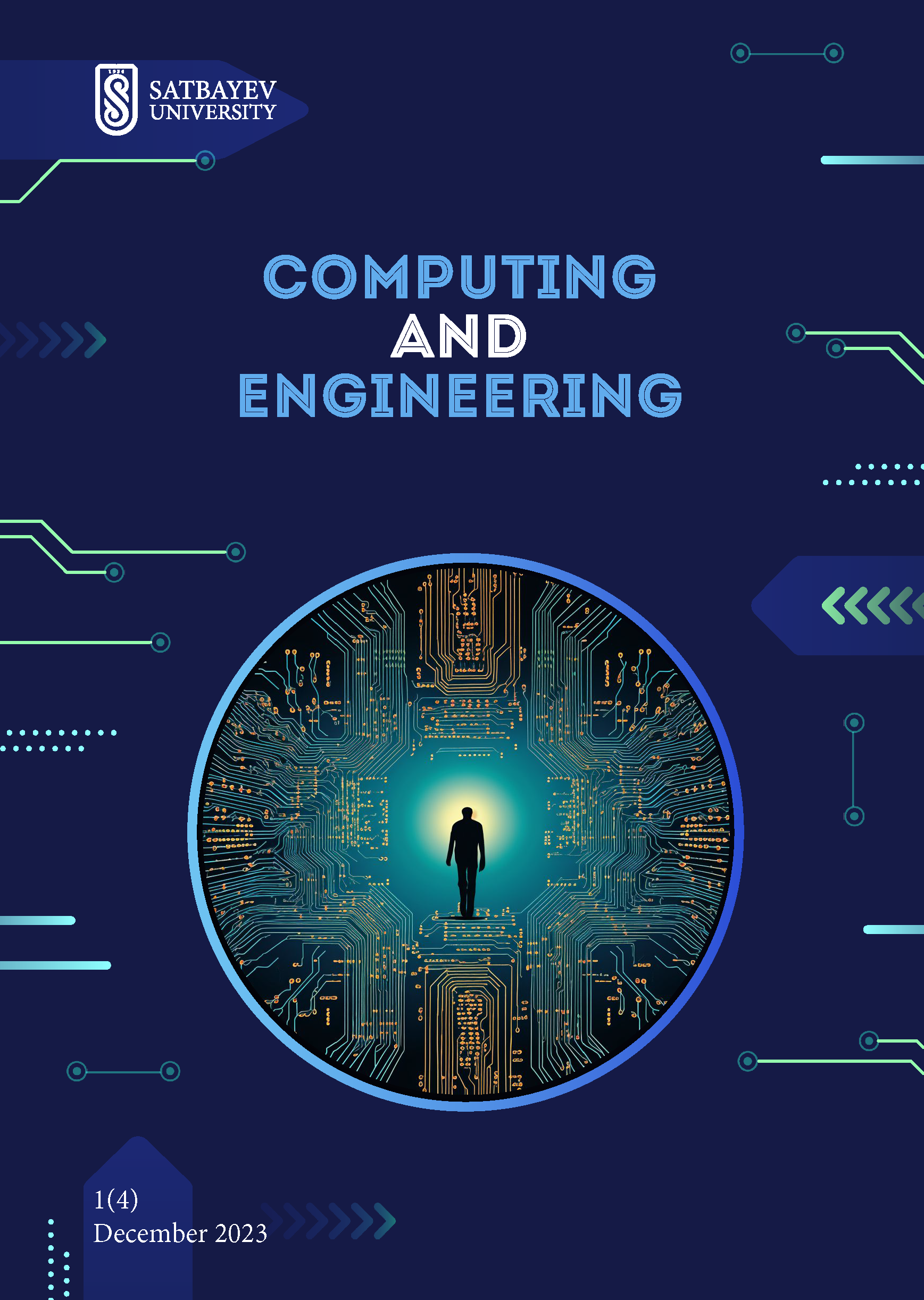Optimization Research of the Operational Driving Organization of Guangzhou Metro onweekends Based on Optimization Method
DOI:
https://doi.org/10.51301/ce.2023.i4.07Keywords:
subway, passenger flow characteristics, optimization, driving intervalAbstract
By studying the passenger flow data of Guangzhou Metro Line 1, we aim to analyze the passenger flow characteristics on weekends. This involves fitting the data to obtain time-related inbound and outbound passenger flow functions. An optimization model targeting the average subway full load rate is established to improve operational efficiency. Utilizing MATLAB software for programming, we import passenger flow data into the program. This enables us to obtain the average full load rate and determine optimal train departure times during peak, off-peak, and off-peak periods. Our approach involves a detailed analysis of the passenger flow trends, considering various factors such as time of day, holidays, and special events. This comprehensive analysis allows us to adapt the train schedules to match the passenger demand more accurately. Then, under the condition that the departure interval remains consistent every hour, we determine the optimal departure interval for each stage. This ensures that trains are neither overcrowded nor underutilized. The ultimate goal is to achieve an optimized driving interval in each period, balancing efficiency and passenger comfort. By doing so, we can enhance the travel experience for commuters, reduce congestion during rush hours, and ensure a more sustainable and cost-effective operation of the metro system. Our model can also adapt to future changes in passenger flow, making the Guangzhou Metro more responsive to the needs of its users. Moreover, the model's flexibility allows for quick adjustments in case of unexpected events or sudden changes in passenger patterns. We also plan to integrate real-time data analytics for more dynamic scheduling and efficiency.
Downloads
Published
How to Cite
Issue
Section
License
Copyright (c) 2023 Computing & Engineering

This work is licensed under a Creative Commons Attribution-NonCommercial-NoDerivatives 4.0 International License.
<div class="pkpfooter-son">
<a rel="license" href="http://creativecommons.org/licenses/by-nc/4.0/"><img alt="Creative Commons License" style="border-width:0" src="https://i.creativecommons.org/l/by-nc/4.0/80x15.png"></a><br>This work is licensed under a <a rel="license" href="http://creativecommons.org/licenses/by-nc/4.0/">Creative Commons Attribution-NonCommercial 4.0 International License</a>.
</div>





